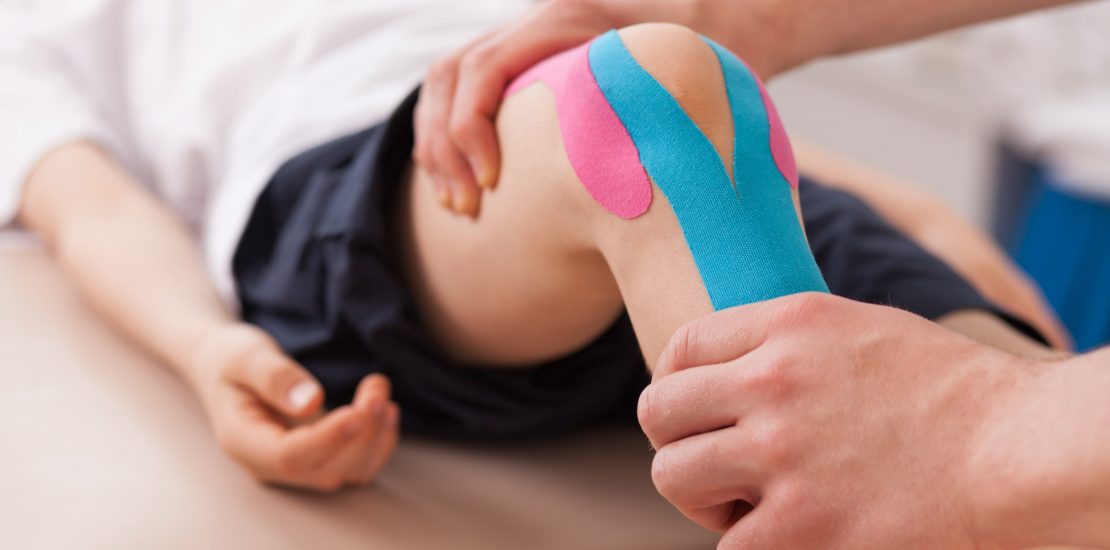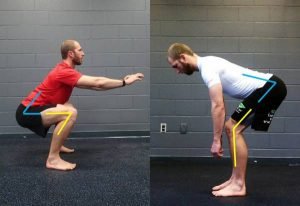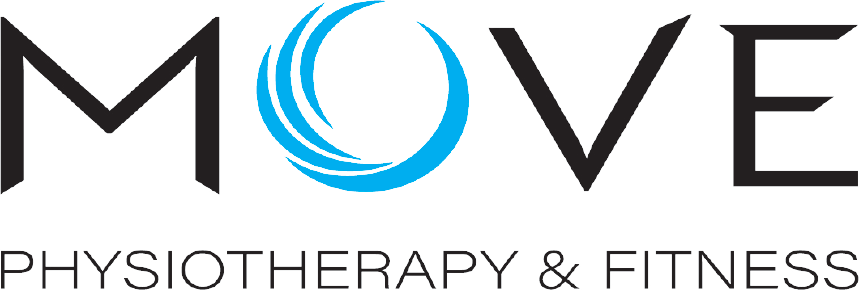- May 30, 2021
- Posted by: Daniel Ryan
- Categories: Gym Training, Knee Injuries, Low Back Pain, Pain in the Achilles Region, Running injuries

Why Do Injuries Occur?
In ALL populations – there is one fundamental reason why injuries occur.
There is no ‘bad posture’. Contrary to popular belief, there is no one posture that can be vilified and associated with increased risk of pain or injury. It isn’t even a genetic thing! As much as we see people reside to having ‘bad knees’ because their mom had bad knees, and their grandparents and great grandparents etc.
The singular reason for the majority of injuries is a lack of movement variety.
So, if we go back to our previous question of – does one posture cause pain? The answer is a resounding NO, provided you have the movement awareness to change your posture to suit the task you are performing.
For example, we know a kyphotic posture (a rounded upper back) is associated with a decreased sub-acromial space – which is the space between the tip of your shoulder and the underside of your collarbone; where the rotator cuff muscles pass. If we have a decreased sub-acromial space there is less room for the movement of these rotator cuff tendons; which can increase friction and therefore result in pain and injury. This isn’t a big deal when we are performing below shoulder height activities – but the moment we want to raise our arms above our head – a movement where we require the most amount of subacromial space – it can increase friction on these tendons and on the bursa and cause pain.
This doesn’t mean we need to walk around with PERFECT posture for 24 hours of the day. It’s exhausting! It can fatigue the muscles of your spine and create burning painful sensations there too! The answer is MOVEMENT VARIETY. We need to be able to ensure we have freedom of movement to APPROPRIATELY perform all of the tasks required in everyday life. It sounds simple. But in a time of increased sedentary behaviour – of sitting at a desk for prolonged periods; before coming home exhausted and slouching on the couch. We lose control of the movements we don’t use. For example, sitting constantly restricts full movement of our hip joints. Without this requirement, our hip joints and muscles gradually lose flexibility until it is an incredible effort to take our joints through full range. From constantly slouching when we are sitting – whether on the train to work, in front of the TV or in front of a computer writing a blog post – we may lose our ability to extend through our thoracic spine. We can get this back – but it takes work. Consistent work.
Without movement variety we stress the same muscles and the same joints constantly.
If we think of the body like a factory of workers – movement variety allows us to use all of the workers in the factory equally. Without this variety, we are simply using the one worker… over and over again… Until he pulls a muscle, breaks a bone or gets arthritis. The saying ‘many hands make for light work’ applies in many situations, and the human body is absolutely one of them!
In adults, our physiotherapy treatment often involves two main streams. The first is to care for the injured body part – or the injured worker, if you will. We perform a series of techniques – remedial massage, joint mobilisations, dry needling and manipulations to get this worker back on their feet. We then direct our treatment to either – strengthening this worker to ensure he can cope with the amount of load that is required from him, or by getting the other workers involved – and teaching the factory different strategies so that ALL workers can be involved in carrying out a task.
Even in adults with significant previous injuries, where one worker of the factory (e.g. a facet joint which is severely arthritic, or a constantly torn and strained hamstring) is significantly debilitated, we can teach movement variety – to ensure these injured workers only have to do their share of work. So the factory (YOU) functions normally, and production remains the same even though we have two workers (that facet joint, or arthritic knee) constantly on break.
Teaching Movement Variety to Children
In children, learning movement fundamentals is imperative from a young age where we have a fully healthy factory, and we can teach them to move in a way where all workers are utilised. This means that one of those workers won’t break down with knee or back pain. This means that our children remain healthy and strong well into their adult years.
What are our fundamental movement patterns?
We have 6:
- Squat
- Hinge
- Lunge
- Push
- Pull
- Carry
These will be explored in greater detail in successive posts – however, to briefly illustrate the point:
If we are contrasting a squat and hinge movement. Squatting is a highly quadriceps and knee joint focused movements, whereas the hinge movement places more load and focus towards our gluteals and hip joints.

Both movements are essential in everyday life. However, only moving in one of these movement patterns and not being able to perform the other can predispose areas of muscle imbalance, and increase loading on joint structures resulting in pain and injury. For example; we often see in children with knee and foot pain an over-reliance on a squat-based movement and a significant weakness in their hinge-based movements. This results in an overworking of the quadriceps and calf muscles which are unable to tolerate the load being placed through them. The treatment for these injuries is commonly to de-load the injured knee, calf or foot; and then progressively strengthen them in a hinge pattern of movement. As they complete their strengthening program, they then begin to perform daily movements in both a hinge and squat pattern – ensuring movement variety and an even distribution of load through muscles and joints.
However, there is one other factor that amplifies a need for strengthening in children: they are GROWING!
A child with a weak hip, creating instability around the knee joint will naturally strengthen as they move until they go through a rapid growth spurt and grow 5 inches in 6 months! Then suddenly, their already weak hip is required to deal with an even longer limb – with greater joint forces and torques. This is why most adolescent injuries occur during their growth spurt years.
The Move Physiotherapy Long Term Athlete Development Program
Is your child a budding sports star? Or are they simply looking to compete for a long time, in a variety or sports and stay free from pain and injury?
If so, I would highly recommend their enrolment into our Long Term Athlete Development Program.
The aim of this program is to teach movement efficiency in each of our 6 fundamental movement patterns. These are movement strategies that they can employ for the rest of their lives – which will ensure they are physically active, healthy and injury free as they move into adulthood. This program is delivered by highly qualified Physiotherapists with backgrounds in strength and conditioning, managing adolescent injuries and athletic training. The movements taught to your children are safely and appropriately prescribed; ensuring that training loads are suitably progressed. Furthermore, it is simply a FUN and enjoyable program that will set your child up for success on and off the field.
It is common for these kids to not only improve their strength, but also their speed, jumping height, gross motor skill and coordination. More information will be coming soon; with programs to be run throughout the school term.
And for developed athletes – a similar program will also be coming soon to enhance your athletic profile and improve your performance!
Signing Off,
Daniel Ryan
Senior Physiotherapist, Movement Extraordinaire, Friend
Move Physiotherapy
